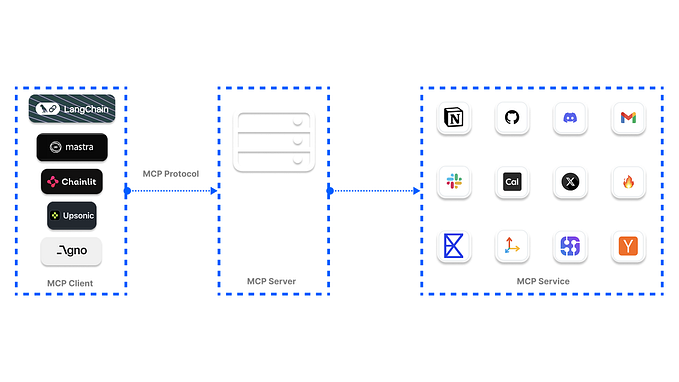Uber was founded in 2009 by Garret Camp and Travis kalanick, headquartered in San Francisco. In 20K data is a wealthy resource, How companies leveraged customer data to increase revenue. If your question is that then here is the explanation for that. In this article, I discussed how Uber uses Data Science.

- Dynamic pricing: Uber uses data science to determine the demand for rides in a particular area at a particular time. Based on this demand, it adjusts its prices dynamically, ensuring that it can maximize revenue during peak hours when demand is high.
- Predictive maintenance: Uber uses data science to predict when its vehicles are likely to require maintenance, such as oil changes or tire rotations. By doing so, it can reduce downtime for its vehicles, ensuring that they are on the road and available for rides.
- Customer segmentation: Uber uses data science to segment its customers into different groups based on their behavior and preferences. By understanding these segments, Uber can tailor its marketing and promotions to each group, increasing the likelihood that they will continue using its services.
- Route optimization: Uber uses data science to optimize the routes its drivers take, reducing the distance they travel and the time they spend on the road. By doing so, it reduces its operating costs.
- Fraud detection: Uber uses data science to detect and prevent fraudulent activities such as fake rides, fake drivers, and fake accounts and ensure the safety of its customers.
- Improving dispatch algorithms: To improve the algorithms that match riders with drivers, resulting in faster pickup times and higher customer satisfaction, It took 15 seconds to match drivers and display the estimated time for pickup.
- Driver incentives: To design incentives for drivers that encourage them to work during the busiest times and in the busiest areas, which can lead to higher driver earnings and more rides.
Summary
- The data from customers are conceived and applied to personalization and demand, and supply basis of customer locations.
- Pricing will be varied and the algorithm designed based on the demand by the framework of surge pricing.
- It enhances drivers’ work factors such as incentives, route optimization, and predictive maintenance.
I hope you liked our article on how Uber uses data science for Disruptive Data Analysis. Feel free to share your valuable feedback through comments and share the information for appreciation.









